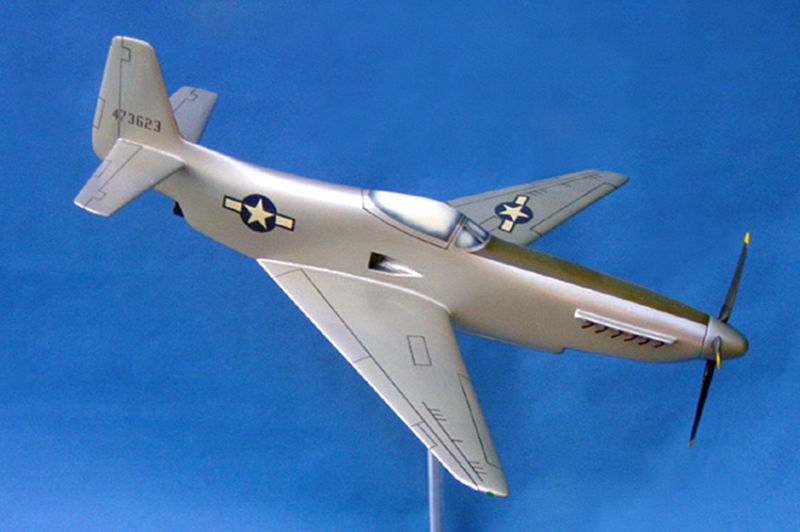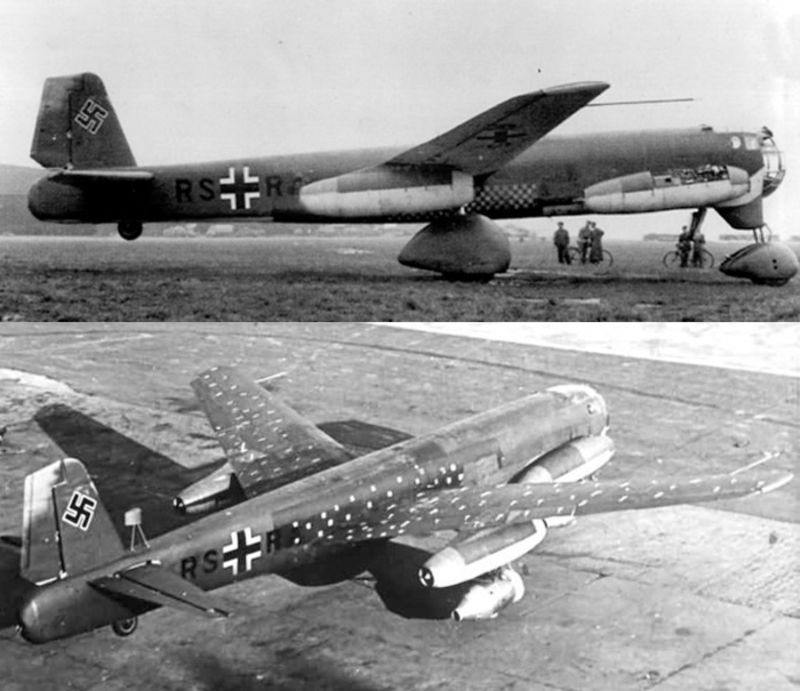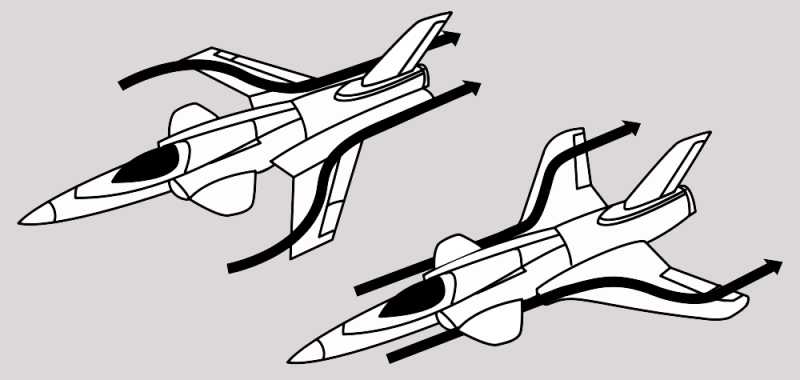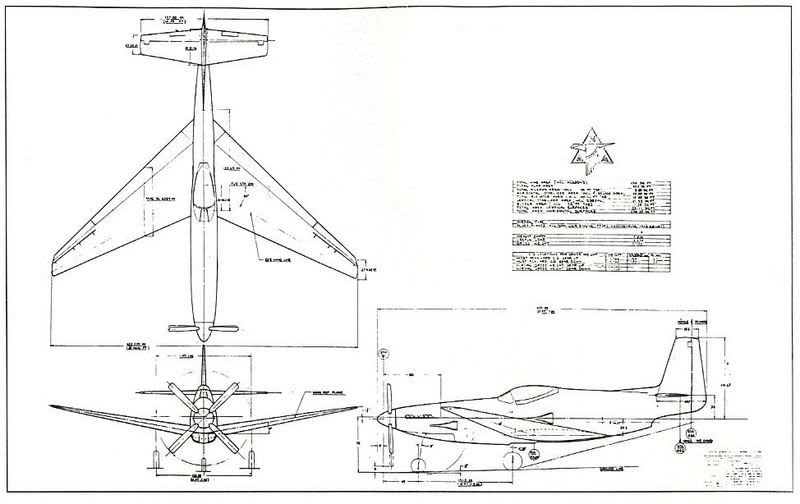From the Planes You’ve (Probably) Never Heard Of Department of Wingspan, we bring you the North American P-51 Mustang FSW.
As crazy as it may seem, there was some serious thought given to building a version of the P-51 with a forward-swept wing AND a jet engine.

From the Wright Flyer of 1903 through much of WWII, a period spanning about 40 years, aircraft were designed almost exclusively with straight or modified straight wings. Though early experiments in swept wings had taken place as far back as 1908, it wasn’t until German aerodynamicists tackled the problem of drag at high speeds that the idea of a swept wing really took off. But the Germans weren’t only working on wings swept backwards. They were also investigating wings with a forward sweep, notably with the Junkers 287. Theoretical work on such wings was also taking place in other parts of the world.

A forward-swept wing, or FSW, has some particular benefits over a straight or “traditional” swept wing. Perhaps counterintuitively, an FSW provides the same reduction in drag as a traditional swept wing, and is more efficient by keeping the airflow confined to the wing. It also eliminates the problem of wingtip stall at slower speeds. However, FSWs can also experience dangerous flexing problems as the leading wingtips produce more or less lift than the rest of the wing. This flexing can lead to fluttering which then leads to departure, a fancy aeronautical engineering word for the wings ripping off of the airplane, which is less than ideal. To counter this, at least back in the 1940s, you had to make the wing heavier and stronger, thereby negating much of the aerodynamic advantage of the forward swept wing.

With the arrival of the operational jet engine near the end of WWII, designers raced to find an aircraft suitable for the new powerplant. Republic considered putting a jet engine in the P-47 Thunderbolt, and the Russians put a jet engine in the originally piston-powered Yak-3 to produce the modestly successful Yak-15. But early jet engines were notoriously unreliable and untrusted. The stopgap solution was to make a mixed propulsion aircraft by pairing a new untrusted jet engine with a trustworthy and reliable piston engine. And what better plane to try it on than the remarkable Mustang? Oh, and while we’re at it, why not throw on some FSWs for good measure? And a tricycle landing gear.

The idea was to put the latest Allison V-1710 V-12 in the nose paired with a Westinghouse 19XB (later called the J30), America’s first axial flow turbojet, in the rear. Forward-swept wings were added to the package in the hopes of super agility and maneuverability in aerial dogfights. The tricycle landing gear accommodated the jet exhaust at the rear. Though this ultimate Mustang was never built in full size, the arrangement was tested in wind tunnels. Tests showed that the benefits of maneuverability were there for the taking, but severe wing flutter meant that it was likely the wings would be sheared off the plane at high speed. Again, not good. The concept was sound, but the construction techniques and materials were still many years off, and the advantages of an FSW would not be fully realized until the arrival of composites and computer flight controls with the Grumman X-29, the world’s first FSW aircraft to break the sound barrier.
More Mixed Propulsion
If you enjoy these posts, please join in the conversation and let me know. If you missed an episode, you can find them all at Wingspan. Other aircraft also-rans can be found at Planes You’ve (Probably) Never Heard Of.
Sources: Sweeping Forward (NASA); Sweeping Changes (Boeing)